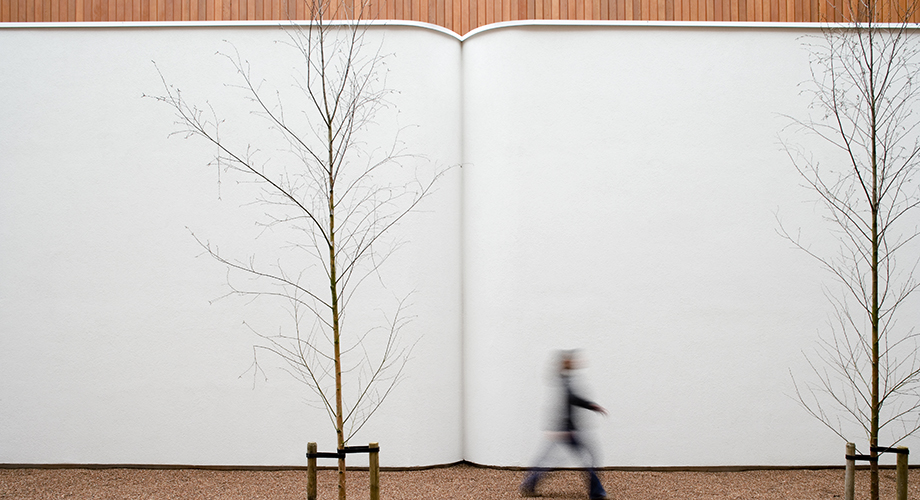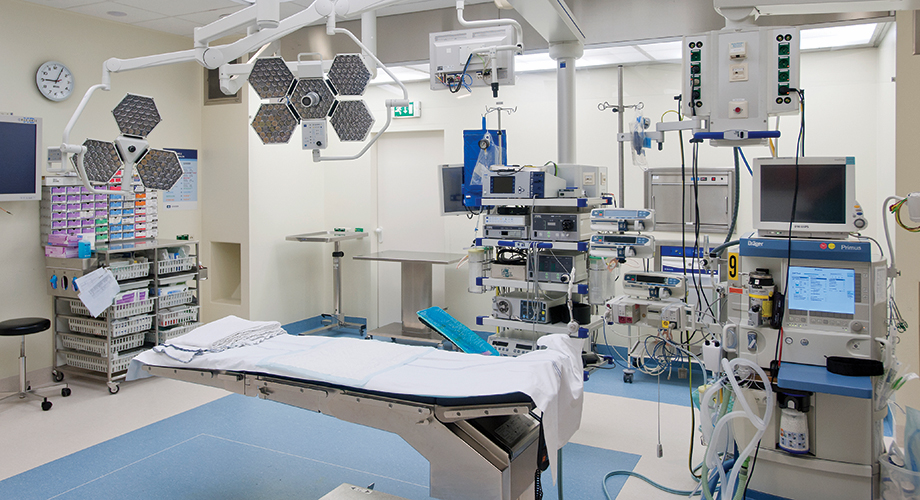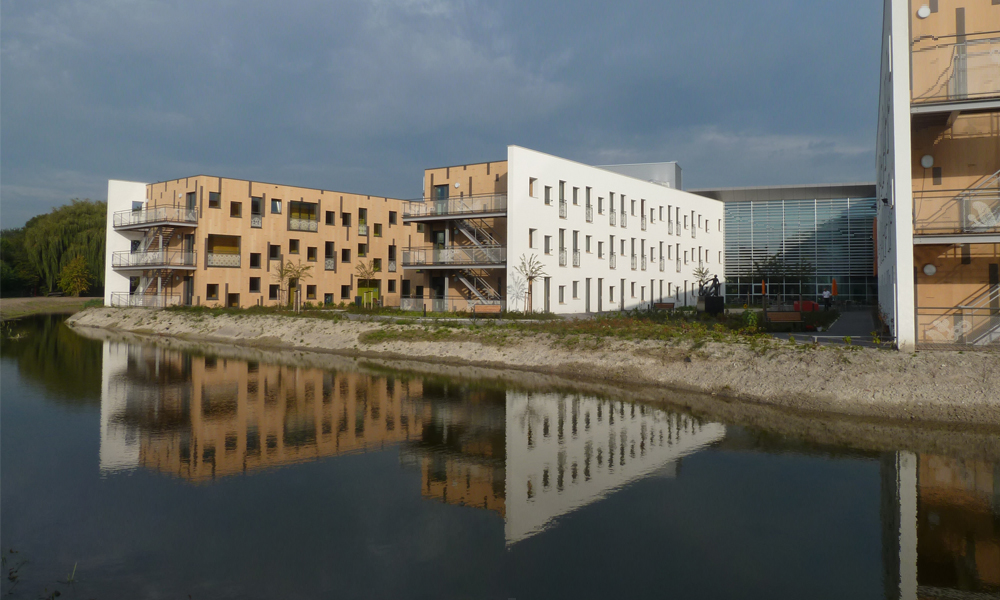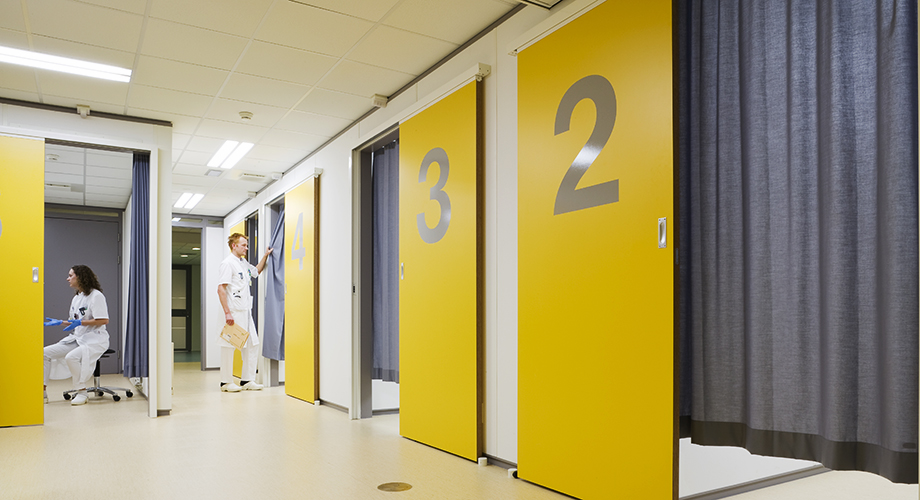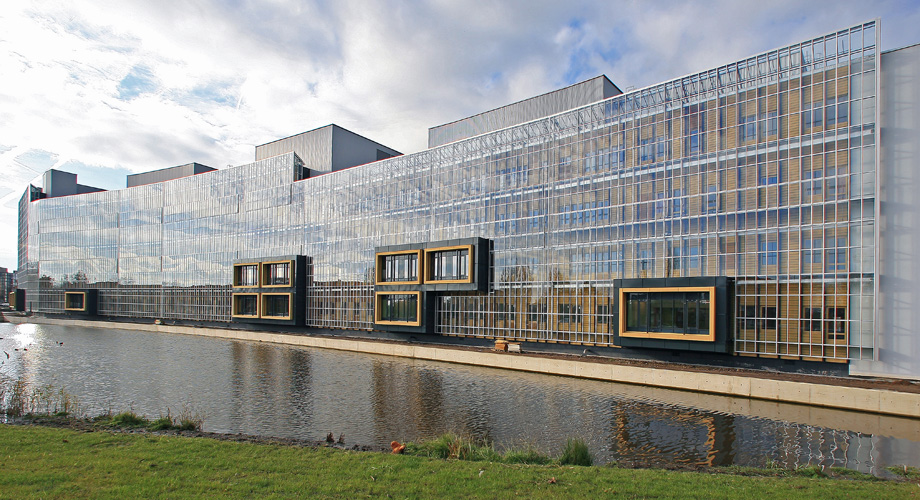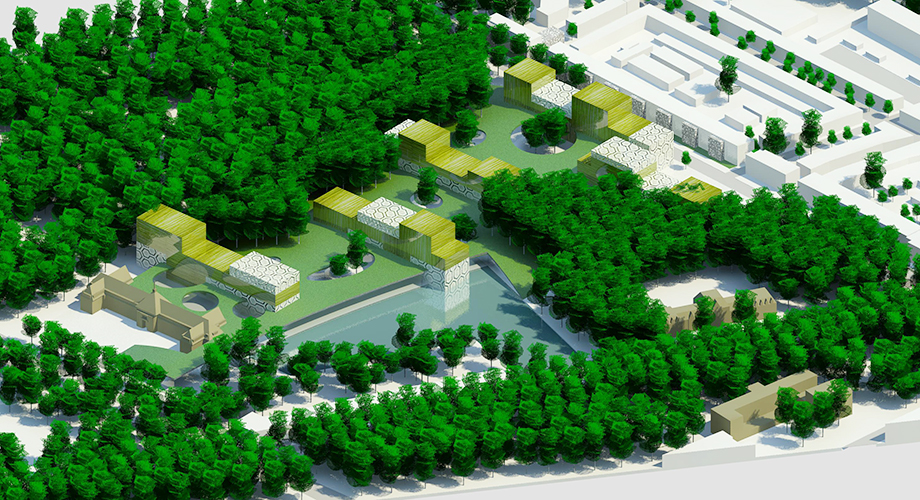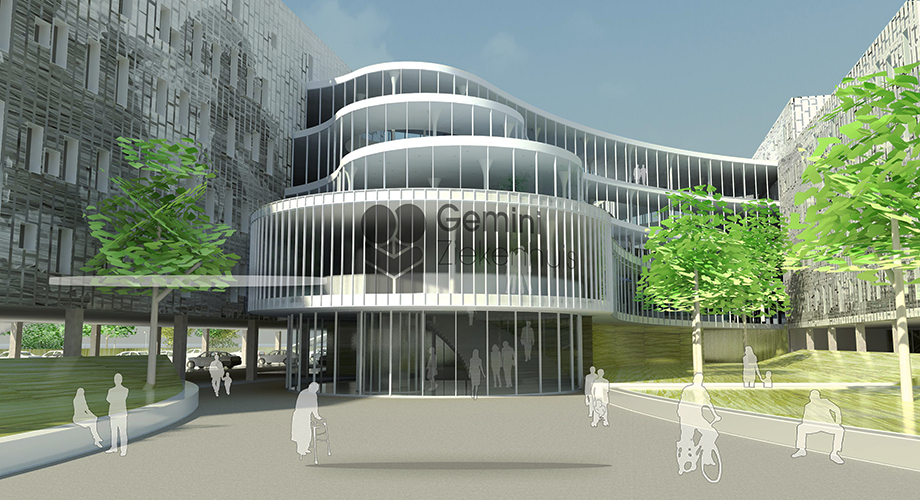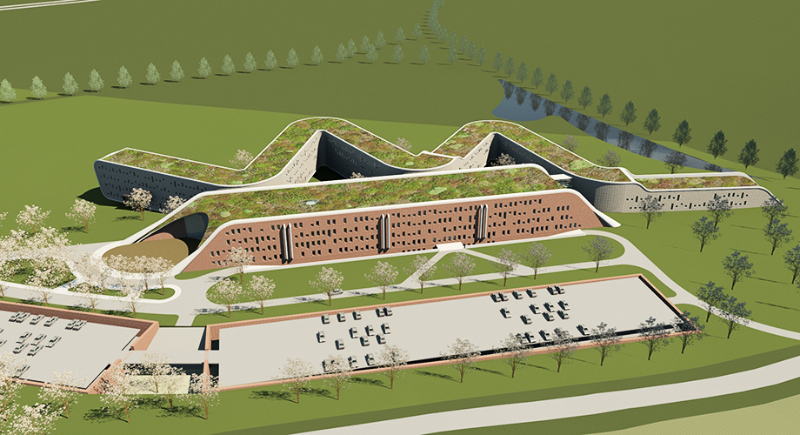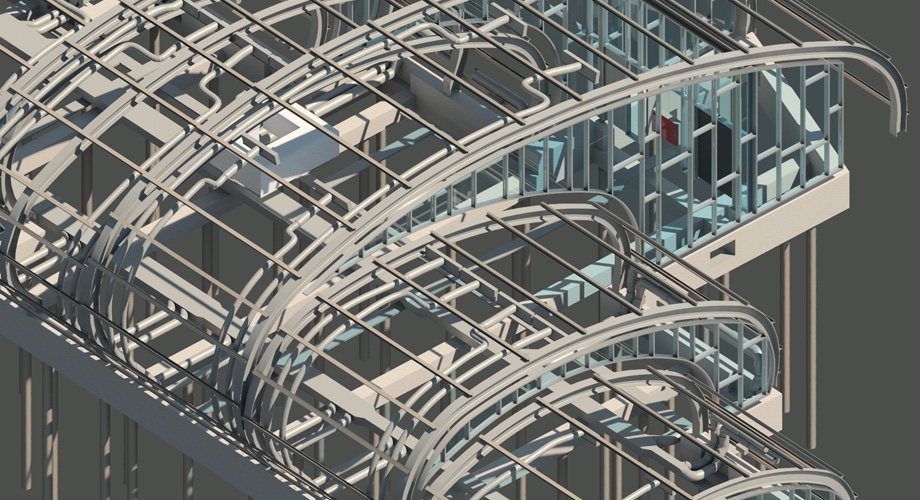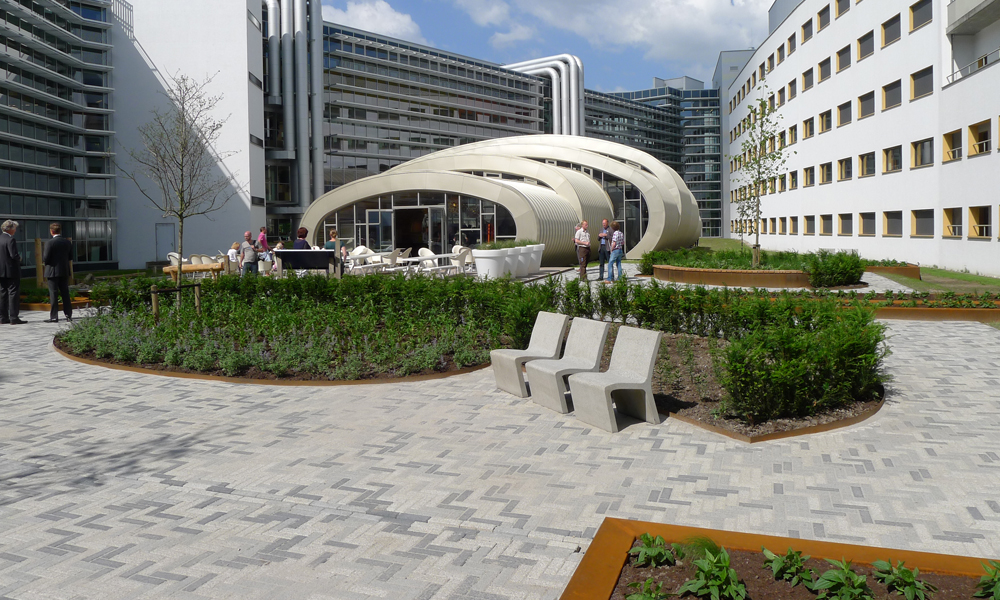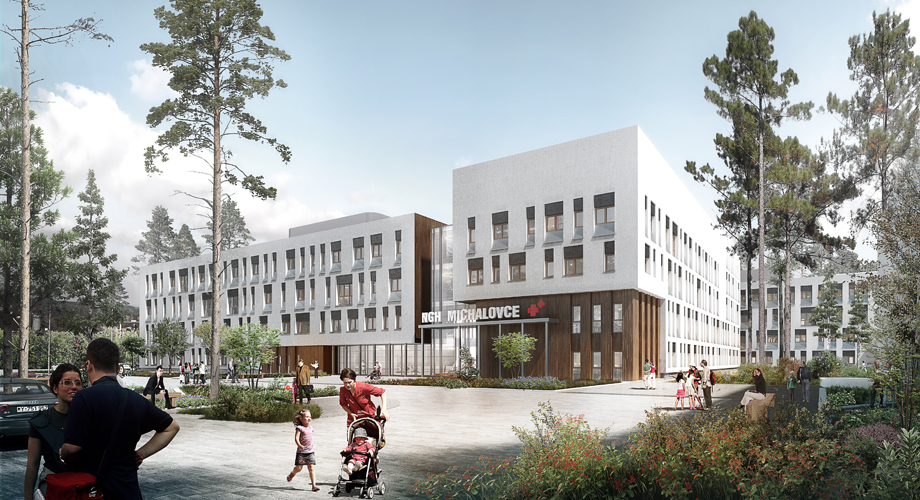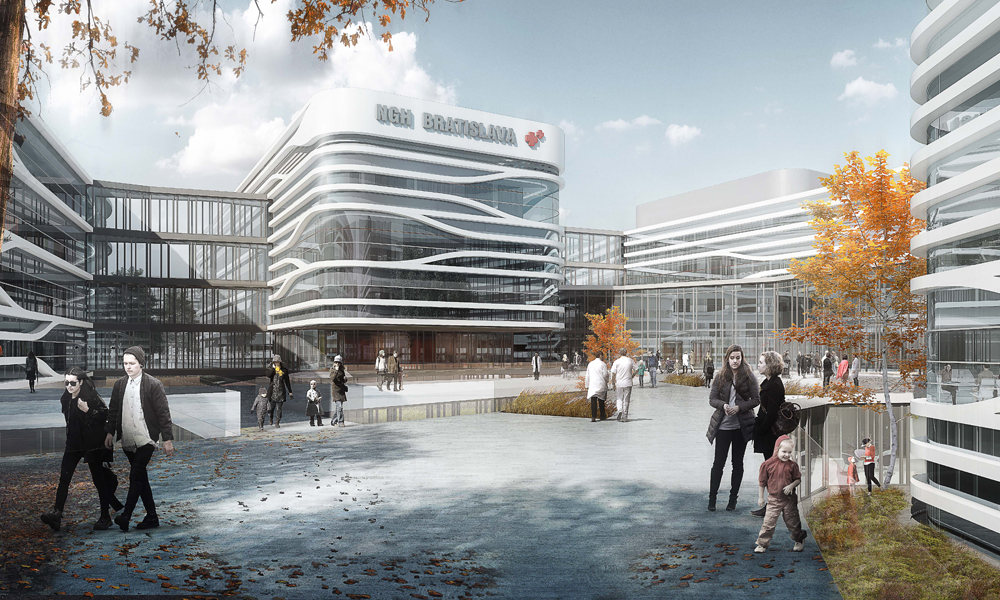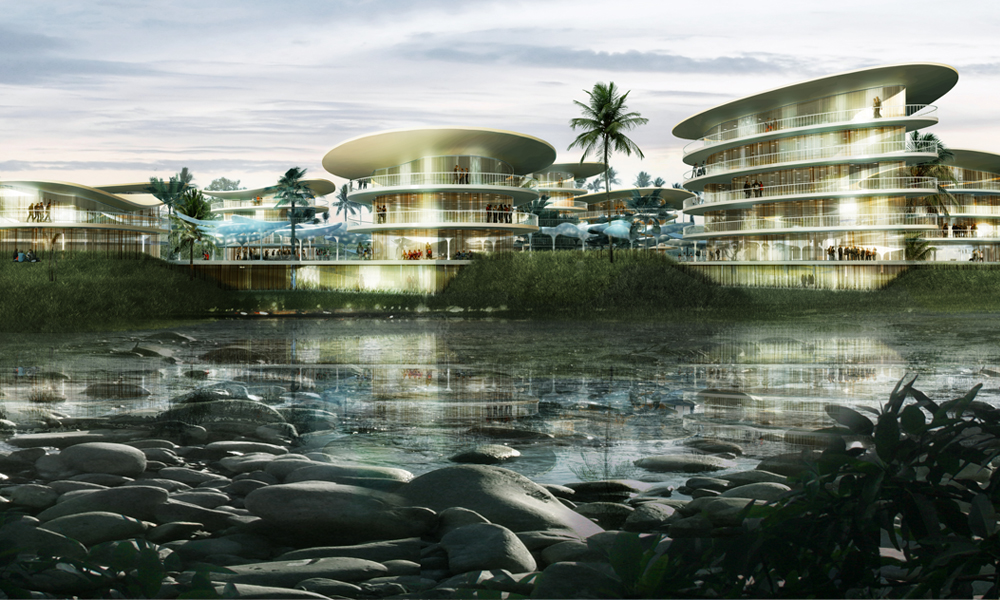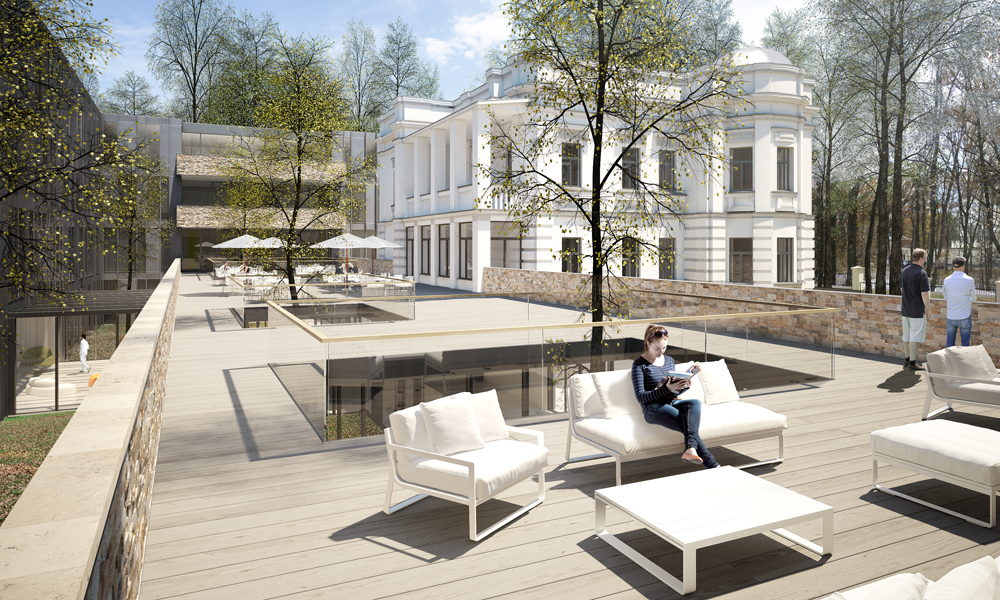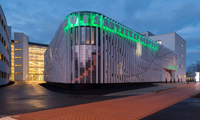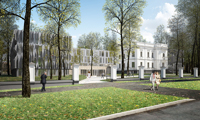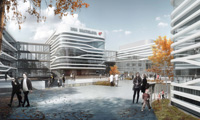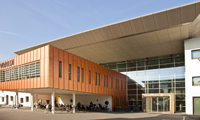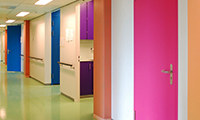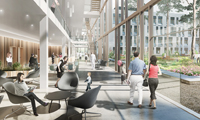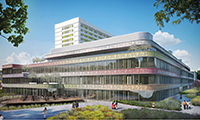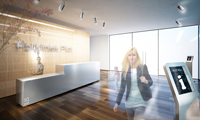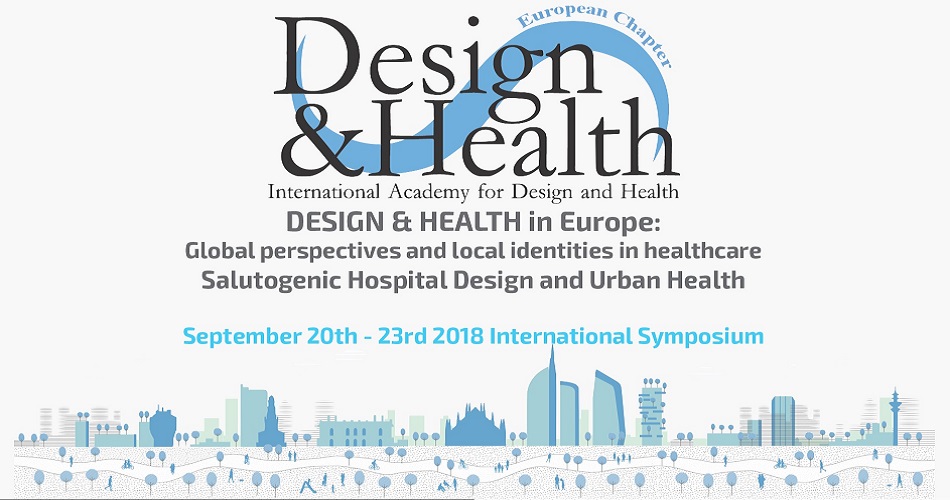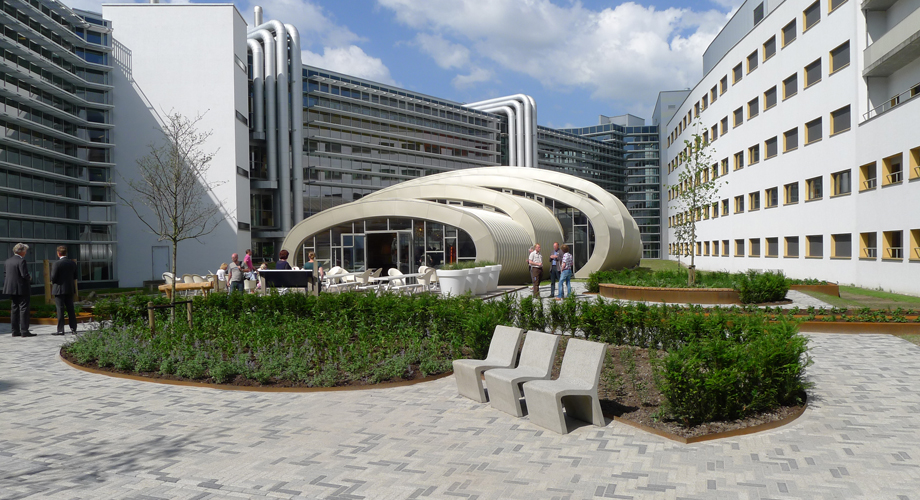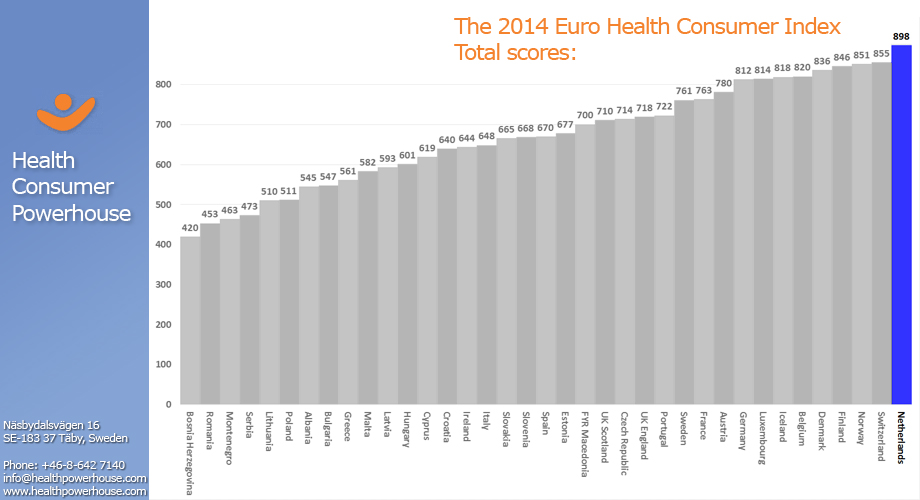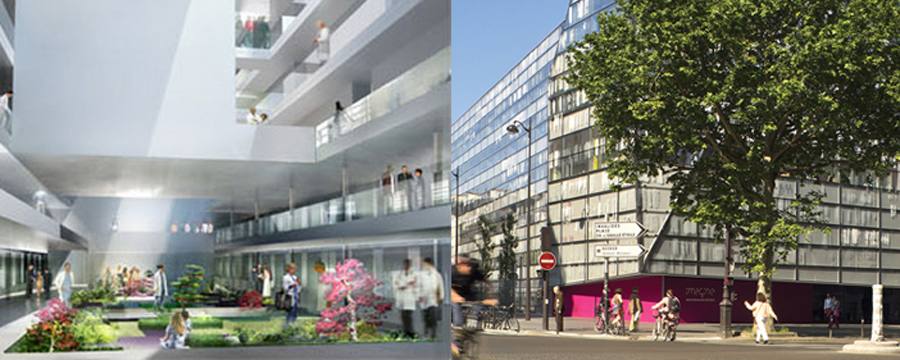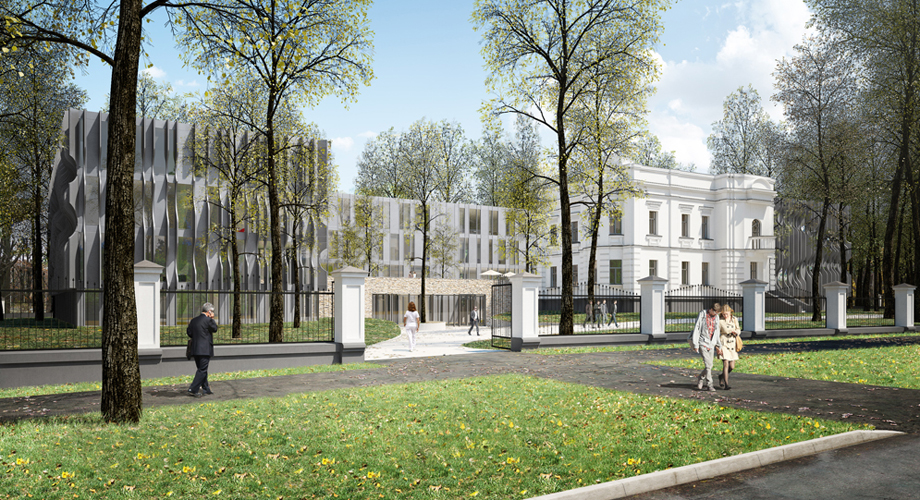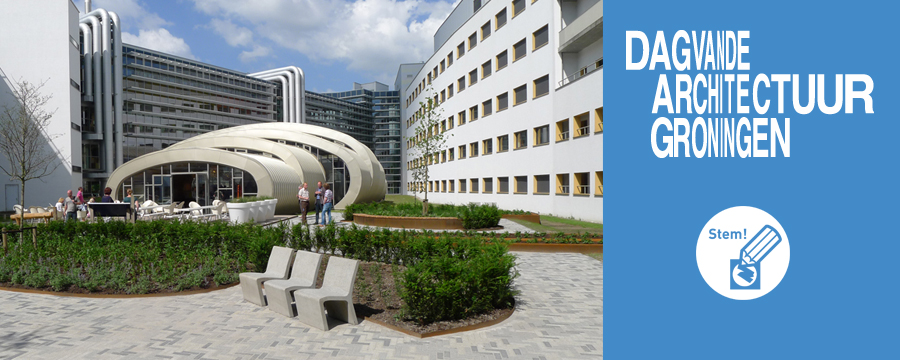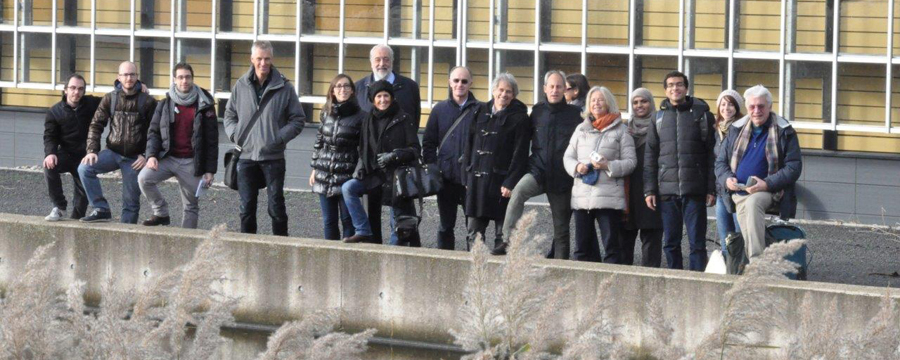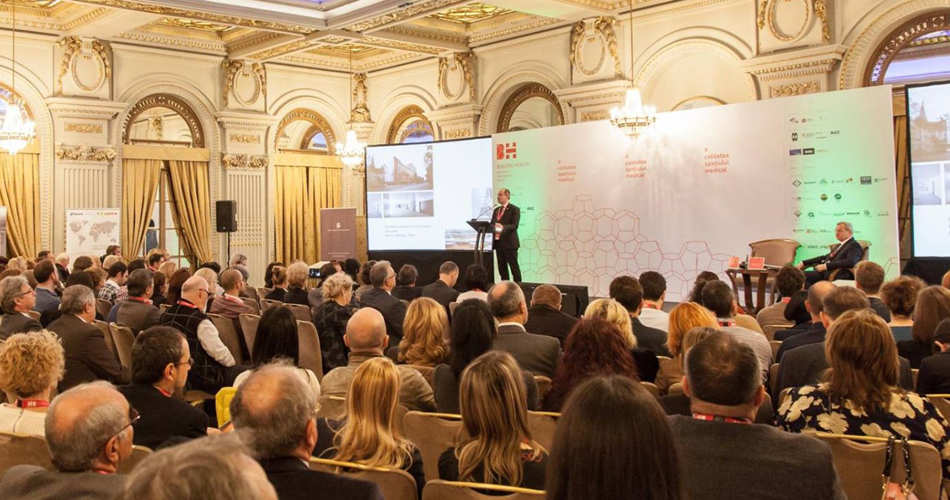Dutch Design
Dutch Design refers the design aesthetic that is specific to designers from the Netherlands. It is renowned for being minimalist, conceptual, innovative, unconventional, humorous and cost effective.
Dutch Design finds expression in a combination of high quality architecture, buildings with a soul, significance for the city, efficiency, high standards for an affordable price, sustainability, and feet on the ground. In the area that the Netherlands has at its disposal, Dutch architects face the tough challenge of making maximum use of limited space. That often entails thinking out of the box‚ because standard solutions are frequently very inadequate. This often leads to new concepts and solutions, which would not have been achieved without the limitations. That is about the result.
But Dutch Design also includes particular characteristics of the process needed to reach that result. The Dutch process to design a hospital is characterized by creating widespread support for the project, particularly in terms of function, through extensive consultation with hospital staff. Consultation ensures that the design responds to the organization and how it works. Achieving support through consultation is often referred to as the ‘polder model’, because people must agree with the plan for a polder and then collaborate on its construction.
Read more about flexibility >
